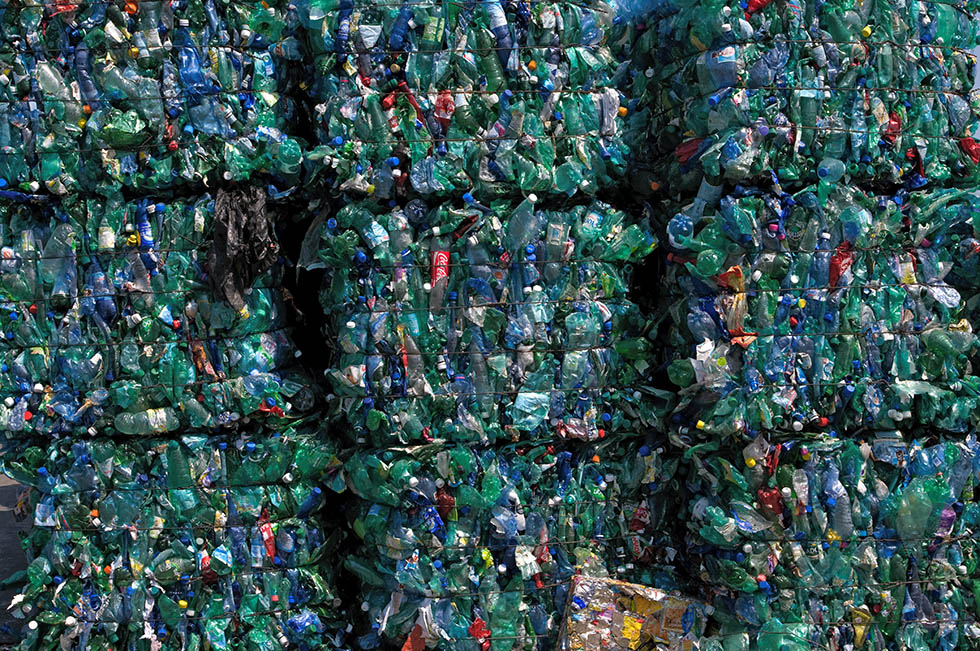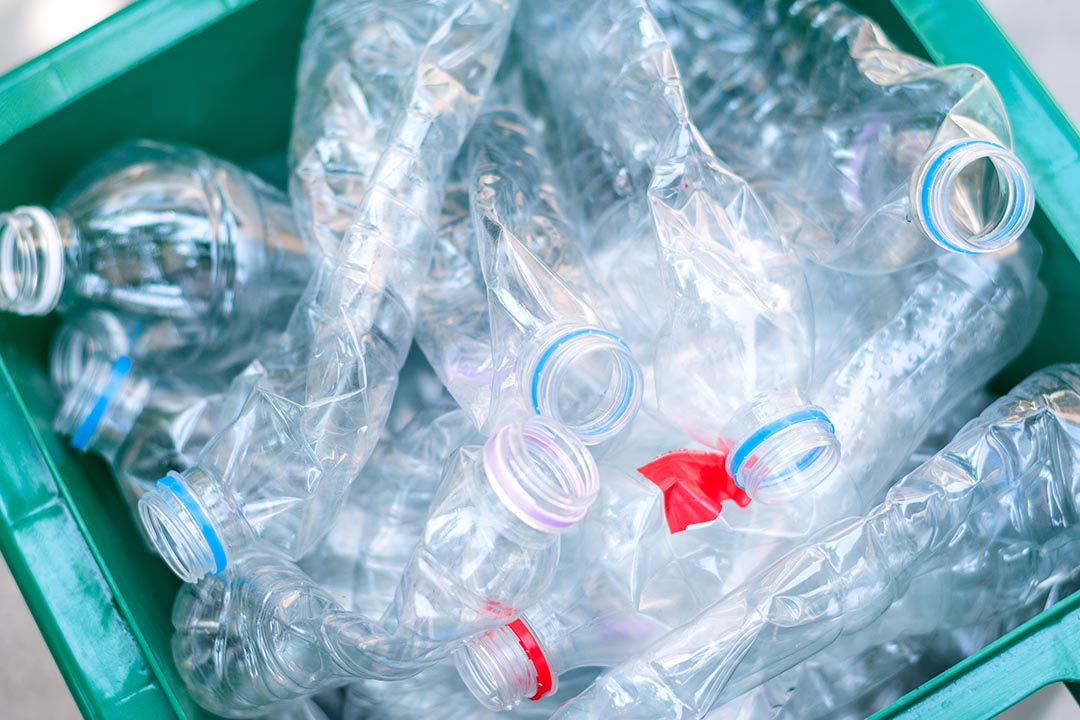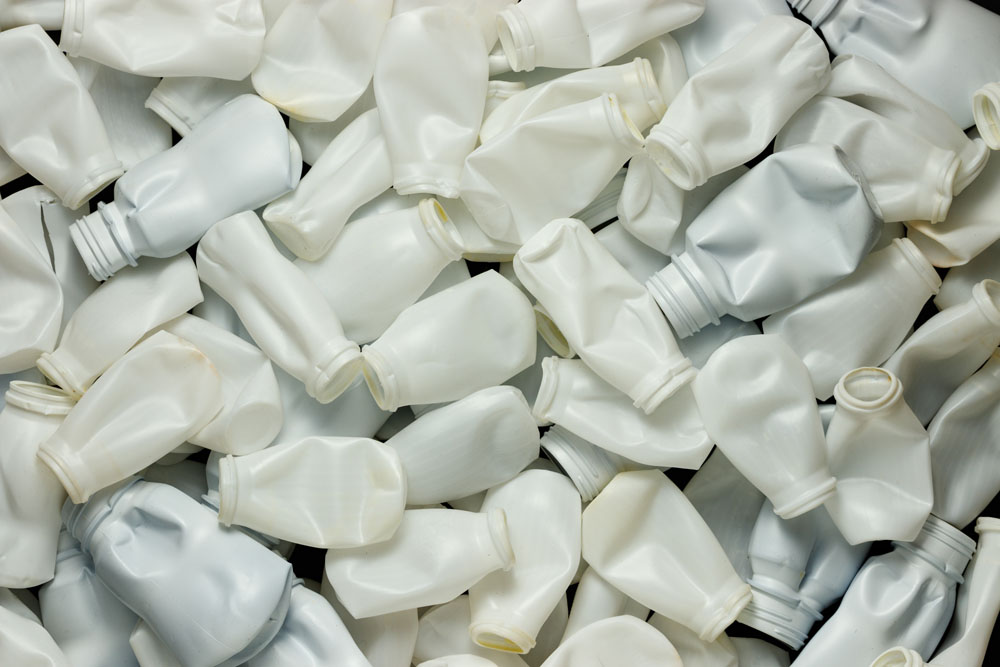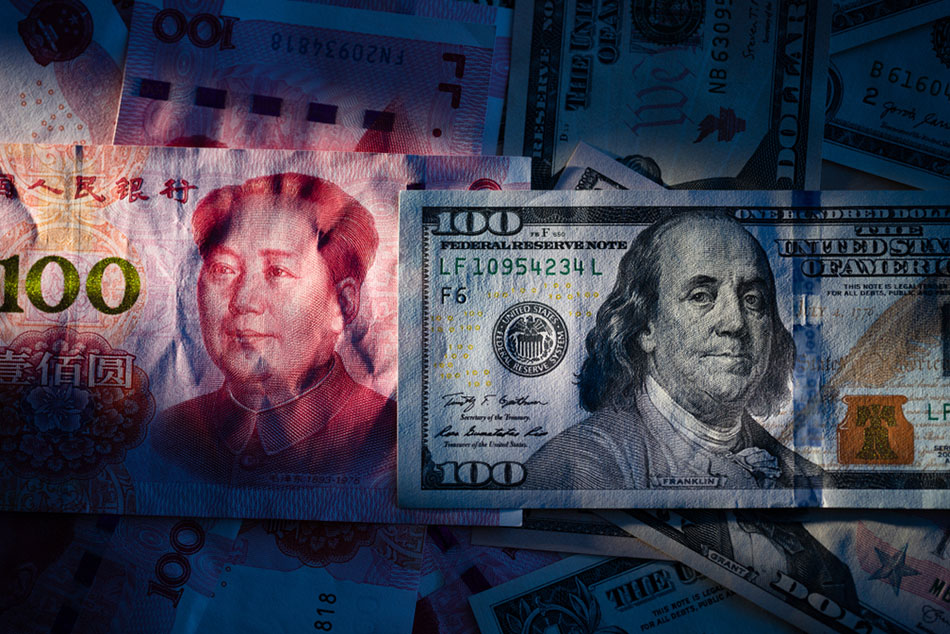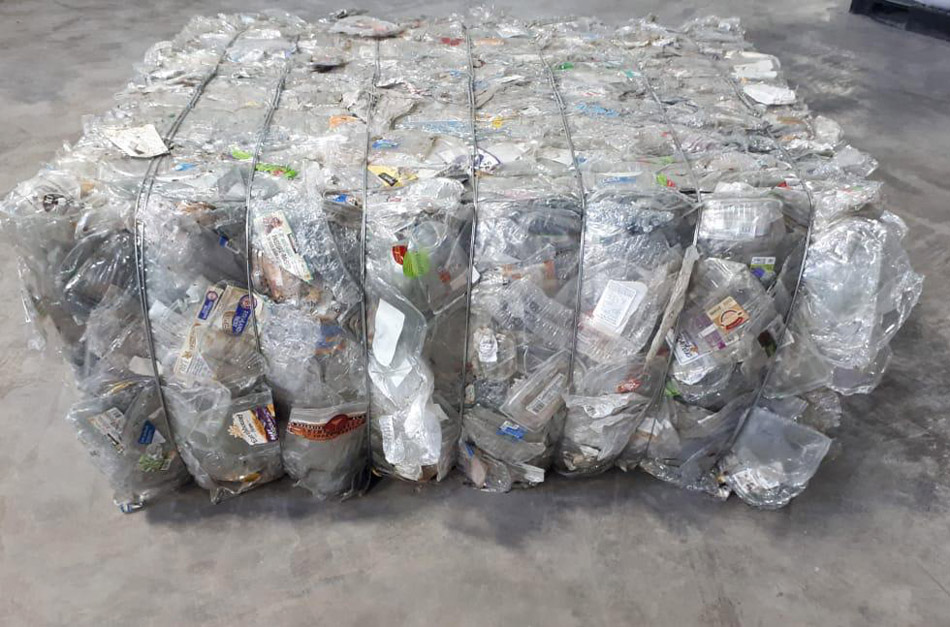
Green Impact Plastics will build a PET thermoform processing facility in California after reclaimer rPlanet Earth agreed to buy its output. | Courtesy of Green Impact Plastics
A Mexican company that developed a system to process post-consumer PET thermoforms will open a $7 million plant in the Los Angeles area. It’s now on the hunt for thermoform bales. Continue Reading



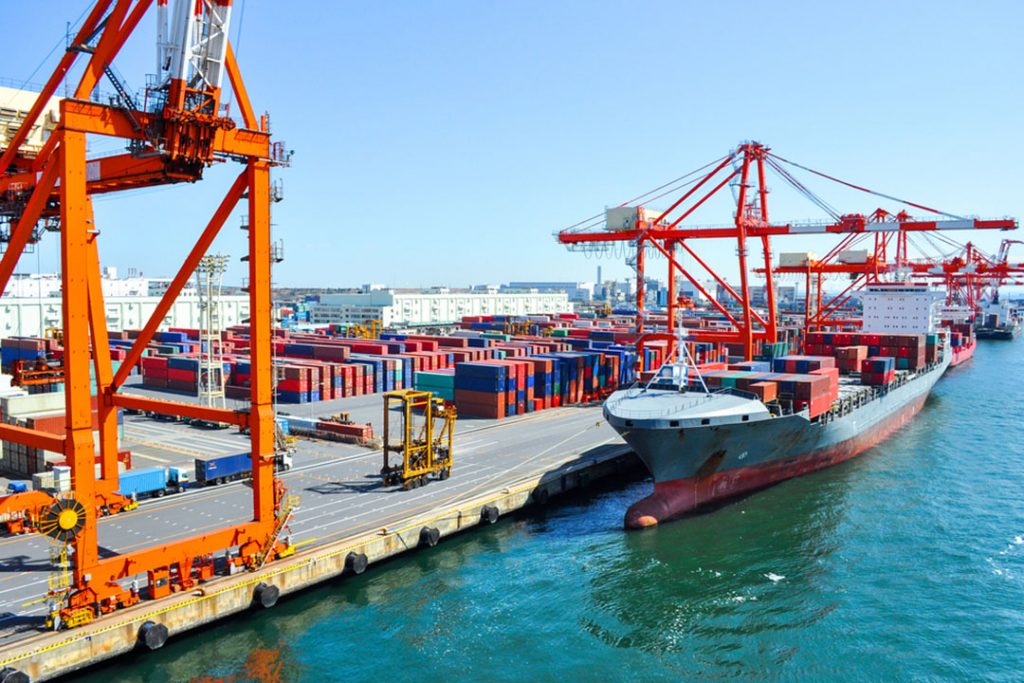
 The price of natural HDPE has skyrocketed over the past month, roughly doubling in some areas to a high of 52 cents per pound. Color HDPE also took a notable jump.
The price of natural HDPE has skyrocketed over the past month, roughly doubling in some areas to a high of 52 cents per pound. Color HDPE also took a notable jump.